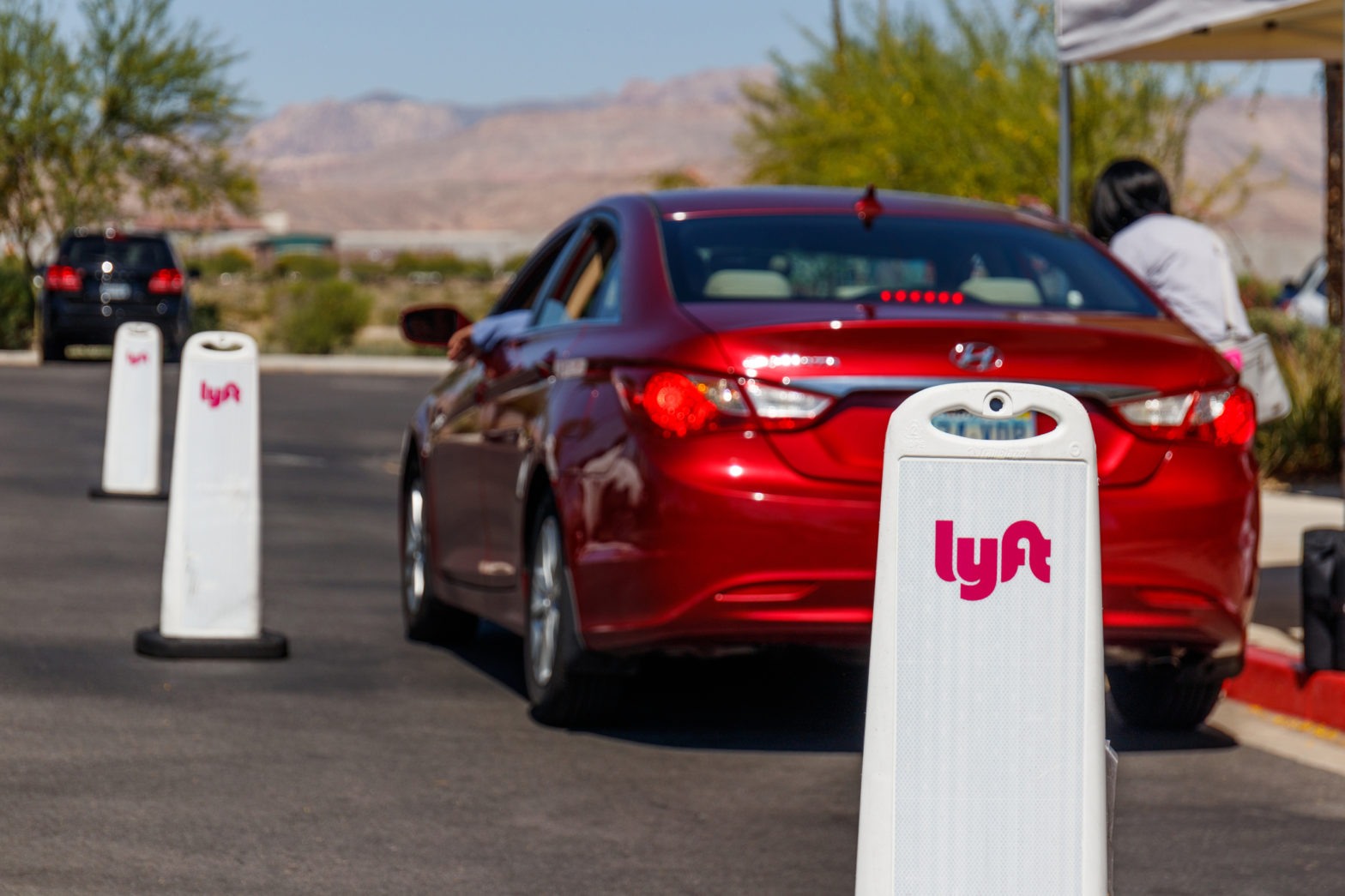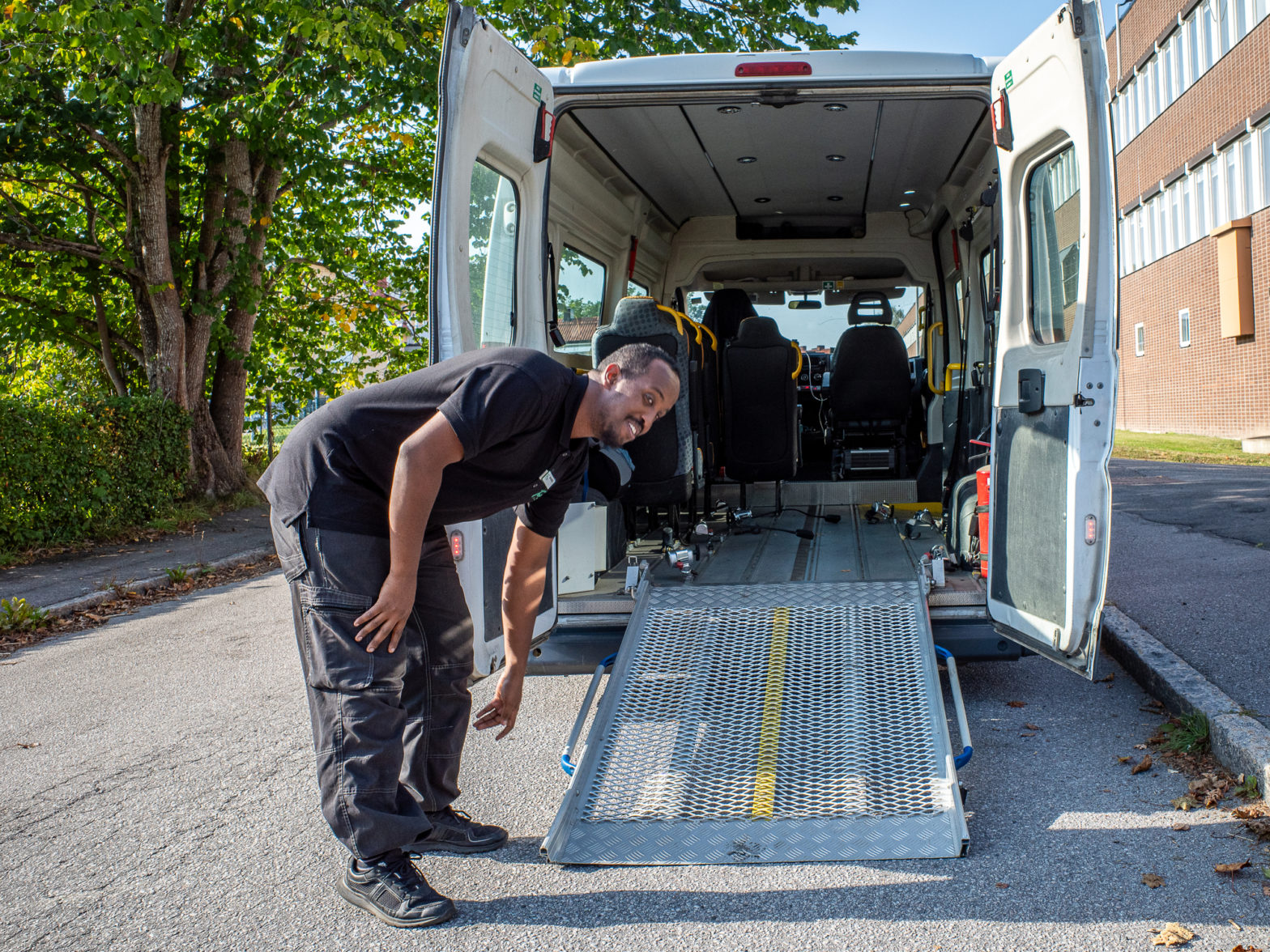
Lyft pitches itself as public transit ally
10 April 2025
by William Thorpe
Ride share company, Lyft, is calling on transit operators to view its ride-hailing and micromobility services as allies in tackling transport inequality and climate goals, arguing in a new report that its platform “fills in the gaps” left by traditional public systems.
The company’s 2024 Economic Impact Report, released at the end of March, paints a picture of a mobility platform that not only gets people to work, school and healthcare–but also claims to bolster public transit.
Lyft maintains that it complements, not competes with, existing systems.
“Public transportation will always be the backbone of cities’ transportation infrastructure, but Lyft’s multi-modal platform fills in the gaps,” the company says.
The report highlights that more than 40 percent of Lyft rides start or end in low-income areas, and that 44 percent of riders use Lyft to connect to public transit. It also claims that Lyft riders saved an estimated 323 million travel hours in 2023.
Filling transit gaps and off-peak needs
“Whether getting to work before dawn or after hours, Lyft helps people in a range of professions get to where they need to go,” the report states.
This aligns with a major challenge for public agencies: the difficulty of operating frequent, high-coverage transit during off-peak hours. Lyft positions itself as a flexible bridge for those gaps–but the report does not detail how these services could be systematically integrated with transit planning, pricing, or fare systems.
Lyft also claims that “with access to reliable transportation, people can more easily get to work, run errands, go to the doctor, and spend time with loved ones”.
However, the report doesn’t reveal average trip costs or how pricing affects usage by those with the greatest mobility needs.
Micromobility, access and infrastructure
The company’s micromobility network is another key component. Lyft says its bikes and scooters are now available in 15 cities, and that 34 percent of riders use bikes and scooters to connect to transit.
“Bikes and scooters help make cities more liveable by reducing traffic, cutting emissions, and improving access to jobs and opportunities,” the report states.
But those outcomes depend heavily on infrastructure and regulation. The report doesn’t address safety concerns or how access to scooters is distributed geographically–issues that have surfaced in many cities trialling shared micromobility.
Collaboration and data transparency gaps
While the report underscores Lyft’s willingness to work with cities, it leaves unanswered questions about data transparency and governance. Without open access to data or independent evaluation, public agencies may find it difficult to assess the true impact of private services on ridership, congestion, or emissions.
Still, Lyft is pushing for deeper collaboration. “We’re committed to working with cities to expand access to affordable, reliable transportation options,” the company states.
The report concludes: “When cities, public transit systems, and private companies work together, we can build a transportation ecosystem that works better for everyone.”
Lyft was approached for comment.
Image: Jonathan Weiss | Dreamstime.com









